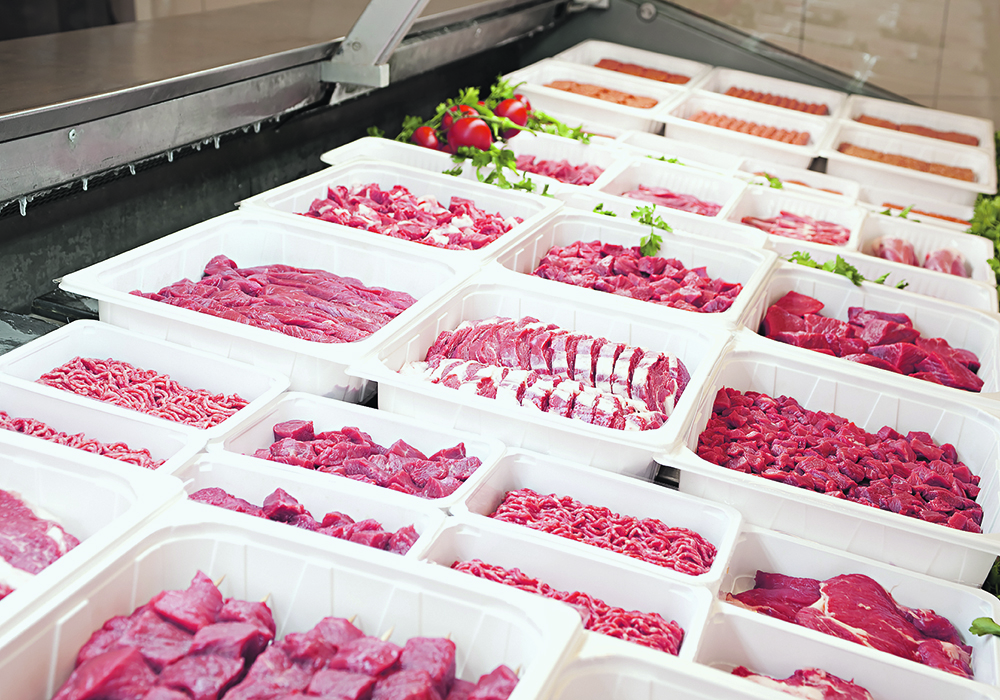The livestock slaughter pace in Canada and the United States is recovering from COVID-19 temporary closures and slowdowns, but the effect on the supply chain and prices will take time to get back to normal.
COVID was a devastating experience for the meat sector, but it is amazing that plant operators and workers have adjusted to a new reality so quickly.
In Canada, plant closures affected cattle more than hogs.
By the week ending June 6, Canadian cattle slaughter had recovered to almost 60,000 head, but that was still off by 10.6 percent from the same week last year.
Read Also

Critical growing season is ahead for soybeans
What the weather turns out to be in the United States is going to have a significant impact on Canadian producers’ prices
At its worst, in the weeks ending April 25 and May 2, slaughter was less than 25,000 head.
Over the past four weeks, slaughter was 11 percent less than last year in the same period.
Hog weekly slaughter has run ahead of last year’s pace, rapidly recovering from problems in late March and early April.
Slaughter in the week ending June 6 was about 438,500, up six percent from 413,200 last year.
For the four weeks to June 6, slaughter totalled 1.649 million, up 6.8 percent over the same period last year.
In the United States, cattle and hog slaughter are still mostly running behind last year’s slaughter pace.
In the week to June 6, cattle slaughter climbed past 600,000 for the first time since April 4.
But even then, the 636,000 head slaughtered was down 28,589 head or 4.3 percent from the same week last year.
Over four weeks, slaughter was 2.254 million, off by 12 percent.
For hogs, the week to June 6 was the first time slaughter exceeded the same period last year since April 4.
In the week, they killed 2.452 million head, up slightly from 2.409 million last year.
But over four weeks the total was 8.74 million, down five percent from the same period last year.
In the U.S., the still-depressed slaughter is mostly offset by carcass weights that are now up four to five percent over last year. The Daily Livestock Report produced for the CME Group and others by Steiner Consulting Group notes that means the actual amount of beef and pork produced currently is about the same or higher than last year.
So the wholesale meat cut-out prices that soared early in the crisis when production slowed are now falling rapidly, which in turn is putting downward pressure on slaughter animal prices.
But the meat with the high wholesale prices of a few weeks ago is the product now on store shelves at retail prices that are causing consumers to suffer sticker shock.
It will take a few more weeks for the new, lower wholesale prices to be reflected at the retail level.
And while retail meat prices are at or near all-time highs, prices for livestock are not good.
Chicago live cattle futures have recovered a little from the lows hit at the end of April but are still near the lowest levels of the past five years.
August futures are about US$10-$15 lower than at the same time last year.
But perhaps reflecting the weaker Canadian dollar, the Canfax Alberta fed cash price is about even with last year’s price, which was considered weak.
The Alberta cash price-to-Chicago futures basis June 5 was at a healthy +C$17.34 per 100 pounds compared to -$0.41 last year at the same time.
In slaughter hog futures, June prices are usually the highest of the year. Chicago hog futures often peak somewhere around US$80-$90 per 100 lb. but as this column was written, they struggled to climb above $50.
The U.S. Department of Agriculture reported the national average hog cash price last week at US$54.29 per cwt., down 46 percent from $79.37 at the same point last year.
In Canada, Hams Marketing reported the Signature 4 cash average weekly price at C$133.53 per 100 kilograms, down 29 percent from $187.92 last year.
Looking ahead, cash prices for slaughter livestock will remain under pressure as packing plants work to get back to full capacity and process the surplus animals that could not be shipped at the height of the COVID shutdowns.
But retail meat prices should start to fall as supply disruptions are fixed.
The silver lining to the tragedy of the severe COVID outbreaks at meat plants is that a large percentage of the staff, those who contracted the disease, should now have a strong measure of immunity to it. Any future outbreaks should cause less impact on operations.

















